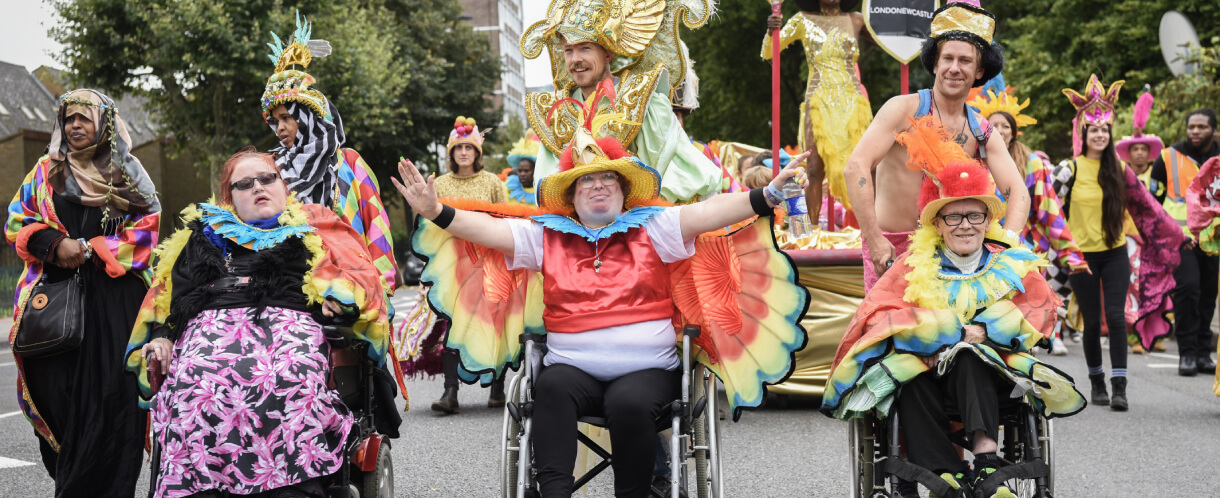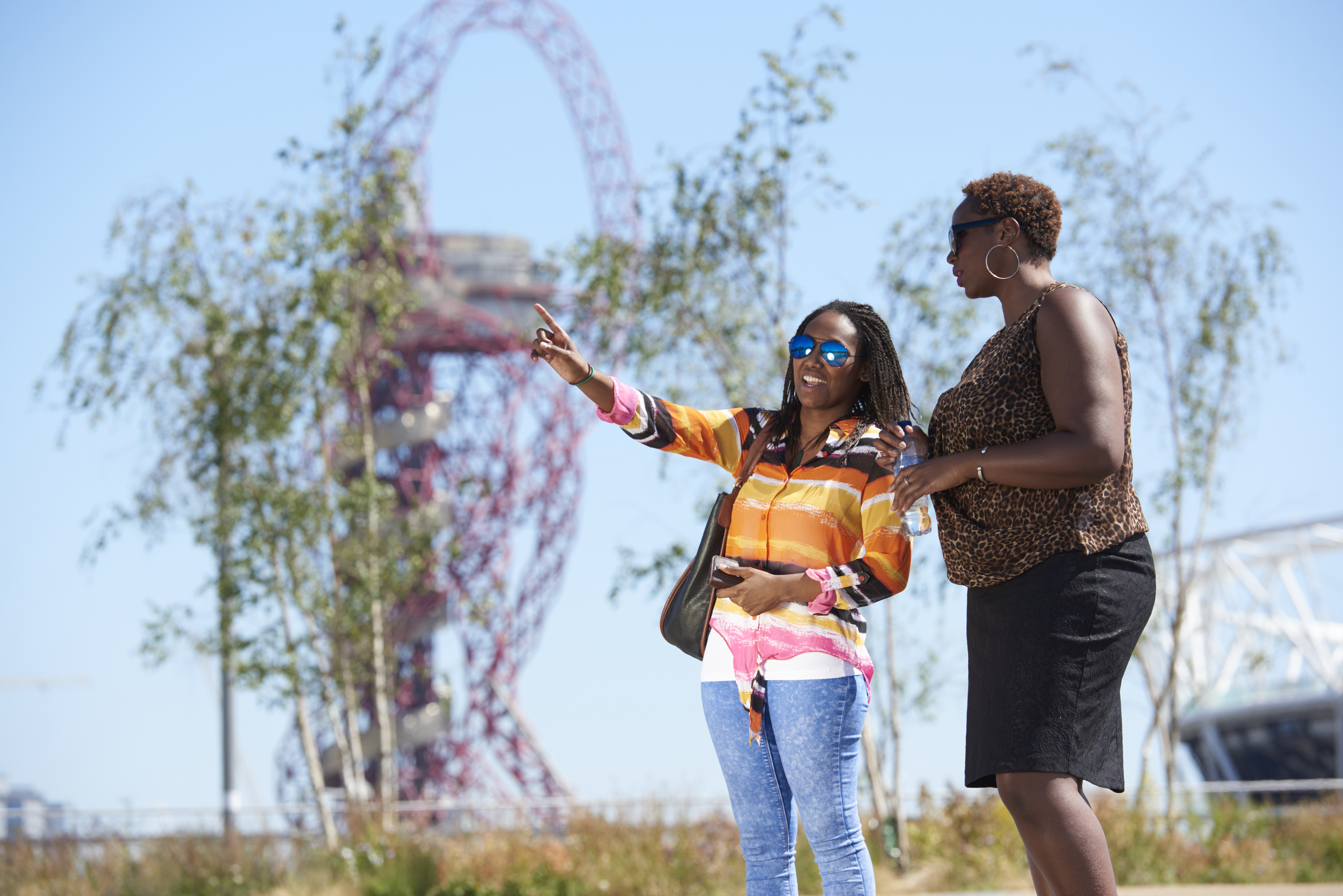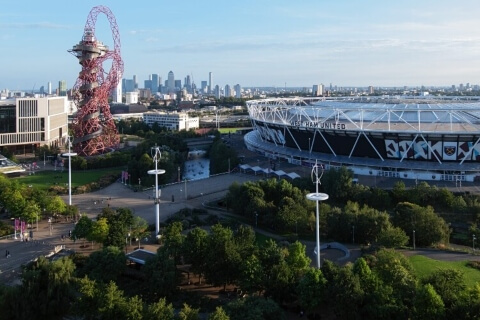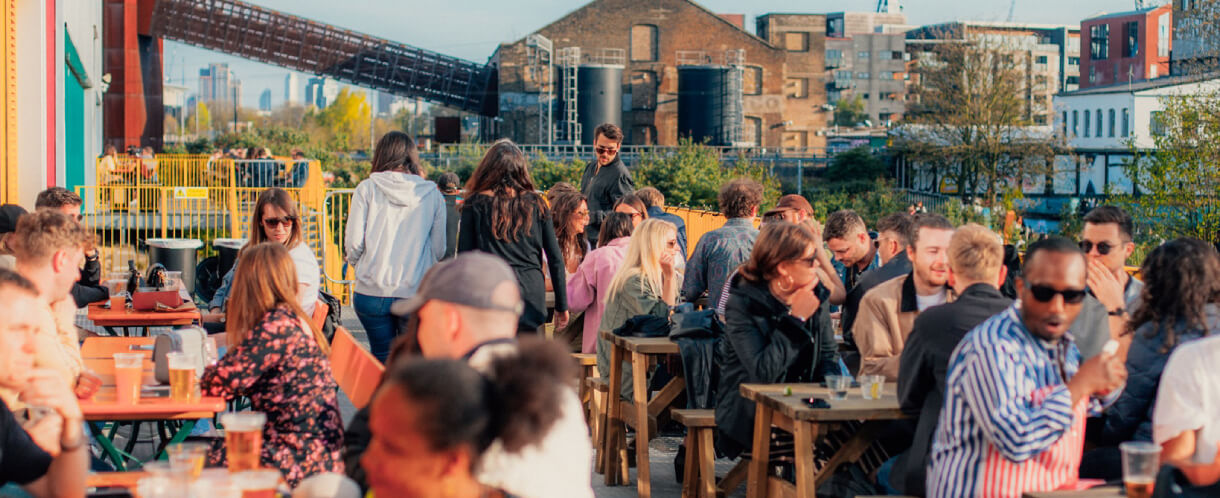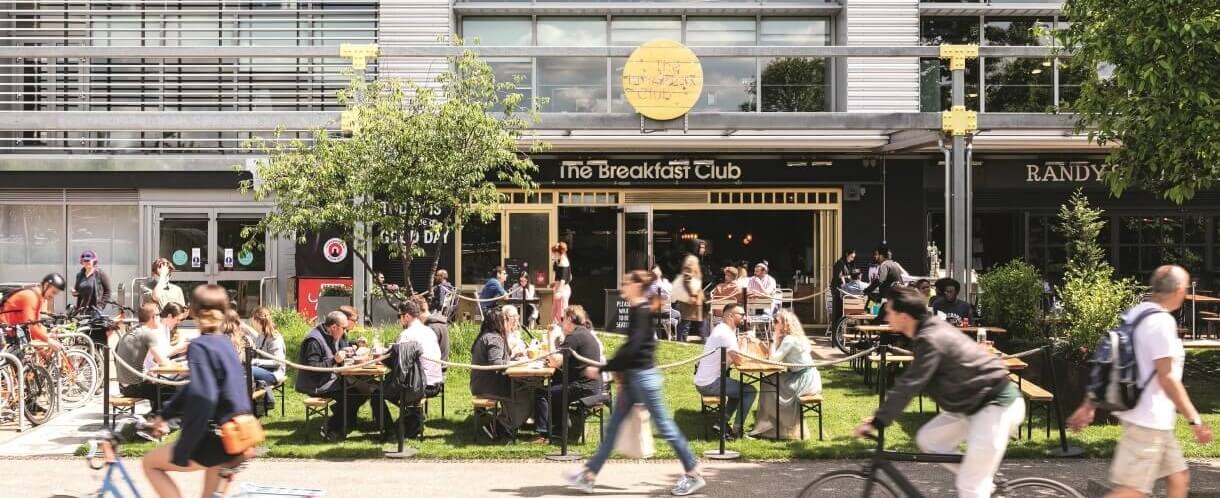
Popular Searches:
Keep up to date
Sign up today for exclusive offers and incredible experiences you won’t want to miss at Queen Elizabeth Olympic Park.
Sign up nowRising to the housing challenge
Rising to the housing challenge
Story 08/05/2024
Lyn Garner, LLDC Chief Executive, writes about the challenges of delivering affordable housing:
Home is where the heart is – a fitting saying for the most emotive of Olympic legacy topics.
It’s not surprising. Housing would top most Londoners’ list of concerns – its availability, its quality or its eye-watering cost for both buyers and renters.
The critics of the 2012 legacy say that too few homes have been built with not nearly enough social housing to meet the needs of some of the poorest in the capital.
They talk of gentrification, creating new homes for wealthy incomers, displacing people and communities who were supposed to benefit from the promises made in the Olympic bid.
It’s a stark picture that grabs headlines, not least because this is the UK’s highest profile regeneration project in a generation. But how does it stand up to the reality for the people of east London?
The counter arguments are equally compelling. Some 33,000 new homes will be built in the area by 2036, almost 35 per cent of them affordable. That’s over 11,000 new affordable homes in a range of tenures.
The number of new homes already delivered on and around the Park – more than 12,000 to date – far exceeds the number of homes of the 500 tenants at Clays Lane that were cleared to make way for the Games. And the quality is significantly better. Those homes have been delivered in line with national and regional housing policies and in spite of the challenges of an economy with rising inflation and mortgage rate uncertainty.
While the Legacy project has had steady political support despite changes in national and regional government, tensions do exist. The first three housing neighbourhoods on the Park received their planning permission under a Conservative Mayor of London when policies dictated 35 per cent affordable housing. Under a Labour Mayor housing delivery on public sector land must see at least 50 per cent affordable delivered. Such changes can impact the viability and approach adopted to deliver but even if the public sector takes on more risk and funding, it still relies heavily on private sector development partners.
Despite the challenges we’ve faced – economic uncertainty, the impact of Covid-19 and construction inflation, along with the requirement to drive value from the land to repay part of the Olympic investment and to meet the housing policies of successive mayoral administrations, delivery has been steady and will meet our goals within the next decade providing significant levels of affordable housing set within an incredible environment.
Our first housing neighbourhood on the Park, Chobham Manor, is now complete providing more than 850 homes, a huge 75 per cent family-sized. Like all developments, permissions are governed by the national and regional policies in place at the time of consent. At Chobham this meant delivering 28 per cent affordable when it was consented back in 2014. Since then we have used s106 funds from other developments to increase the level of affordable housing to 35 per cent. Next to Chobham Manor is East Village, the former athletes’ village. Here the 2,818 apartments for the 2012 competitors have been brought back into use providing homes split evenly between private rented and affordable housing.
Every affordable home is earmarked for local people on the housing lists of Newham, Hackney, Tower Hamlets and Waltham Forest with disabled living accommodation offered London-wide, though to local people first. And when it comes to private buying or renting the developments on the Park the evidence shows that some 80 per cent of those residents moved here from other parts of east London. That is a much more local market than most new build developments in London.
While all our schemes accord with the national and regional policies for affordable housing provision, it would be disingenuous of me not to talk to the challenge of ‘truly affordable homes’ at social rent levels, because this remains a challenge across London, and at Queen Elizabeth Olympic Park we are no different. The truth is that until we as a nation we grasp the importance of providing low cost rented accommodation to those who clearly need it and hence put more and longer term funding into the system, then we will continue to see this dilemma playing out.
Overall then our record on housing is one to be proud of and one that stands in comparison with any other regeneration scheme in the capital or beyond.
However, this regeneration project is about far more than delivering great quality housing. Delivering the Olympic and Paralympic Legacy is a huge placemaking project and like all significant regeneration projects its hugely complicated because the problems we set out to tackle are enormous, not only related to housing but to infrastructure challenges, to economic growth and to health and wellbeing. And, as we have noted, size and scale does not make such projects immune to the vagaries of politics or global economics.
In spite of several political changes, continued support for the vision has helped deliver one of the most striking legacies of any modern Olympic Games. The driving force behind the Legacy Communities Scheme (the legacy masterplan for the park’s homes and public realm), was about creating a new part of the city that fitted seamlessly with its surroundings and more established neighbours. Much of our work has been in infrastructure, building new schools and physical connections with paths, bridges, cycleways and roads to integrate our new neighbourhoods rather than leave them isolated and remote.
We have maintained the original placemaking vision, varying the plan only to include the tremendous East Bank project that brings arts, culture and higher education with resultant benefits for local people for decades to come.
Schemes of this scale are not then and should not be, single-issue projects. If it was just about housing, as some originally envisaged for the 2012 bid, then matters may be more straightforward but the long-term benefits of legacy would be far poorer, leaving many issues around employment, jobs and skills sidelined or ignored.
Significant elements of what was promised from the legacy were about creating opportunities for local people. The foundations of legacy – the new Park, the world-class venues and new neighbourhoods – are the physical entities easy to define and count. Much harder is working with local boroughs to make sure the rich talents of a young, entrepreneurial population can benefit from the changes taking place.
Creating pathways into emerging and growing industries, like the creative sector, for under-represented groups takes effort and crucially time. So, too, do the networks for businesses and employers through the creation of innovation district and employment hubs.
And time is the true judge of legacy of the Games. What the 2012 Games achieved was to speed up development in east London. It gave security to developments that might otherwise have been postponed or shelved due to economic conditions. Westfield Stratford City, for example, in the wake of the 2008 crash would have been put on hold if there had been no Olympics in prospect.
The Games delivered world-class venues and magnificent parkland and open spaces that attract some 20 million visits a year along with the economic boost that events like Major League Baseball or ABBA Voyage bring to the capital and beyond.
Returning to gentrification then, this is surely a misnomer for the park. Let us remember that most of the land occupied by what is now Queen Elizabeth Olympic Park was heavily polluted railway marshalling yards, former factories and waste sites.
The Park’s new housing neighbourhoods are one part of a wide range of promises that have been kept and delivered, transforming a neglected and underserved part of the city and now benefiting hundreds of thousands of local people.

